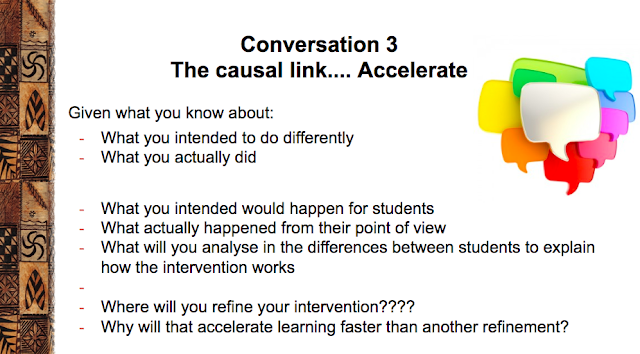During our beginning of Term 3 CoL meeting Dr. Rebecca Jesson challenged us once again by providing time for our team to engage in a number of conversations about the integrity of inquiry implementation. I felt that it was important to spend some more time reflecting on these guided questions in an effort to ensure that I am on the right path with my inquiry moving forward during this very important teaching term.
I believe the best place to refine my intervention is to provide more opportunities for students to see the vocabulary we are trying to build being recycled as often as possible. This happens by providing opportunities for discussions in literacy to build upon the vocabulary list when we read texts about the inquiry topic. This is done as best as I am able to with my students still on the Junior School end of the colour wheel. However, with my students who are reading age 8 and above I am able to do this more in depth and with more consistency with the texts provided. I am also working to provide avenues for the vocabulary to be used by the students in the literacy create tasks and their writing tasks. By allowing students to hear, see and use the vocabulary we are focusing on in many ways will hopefully allow for the recycling of words to occur and become the new normal for my students.






